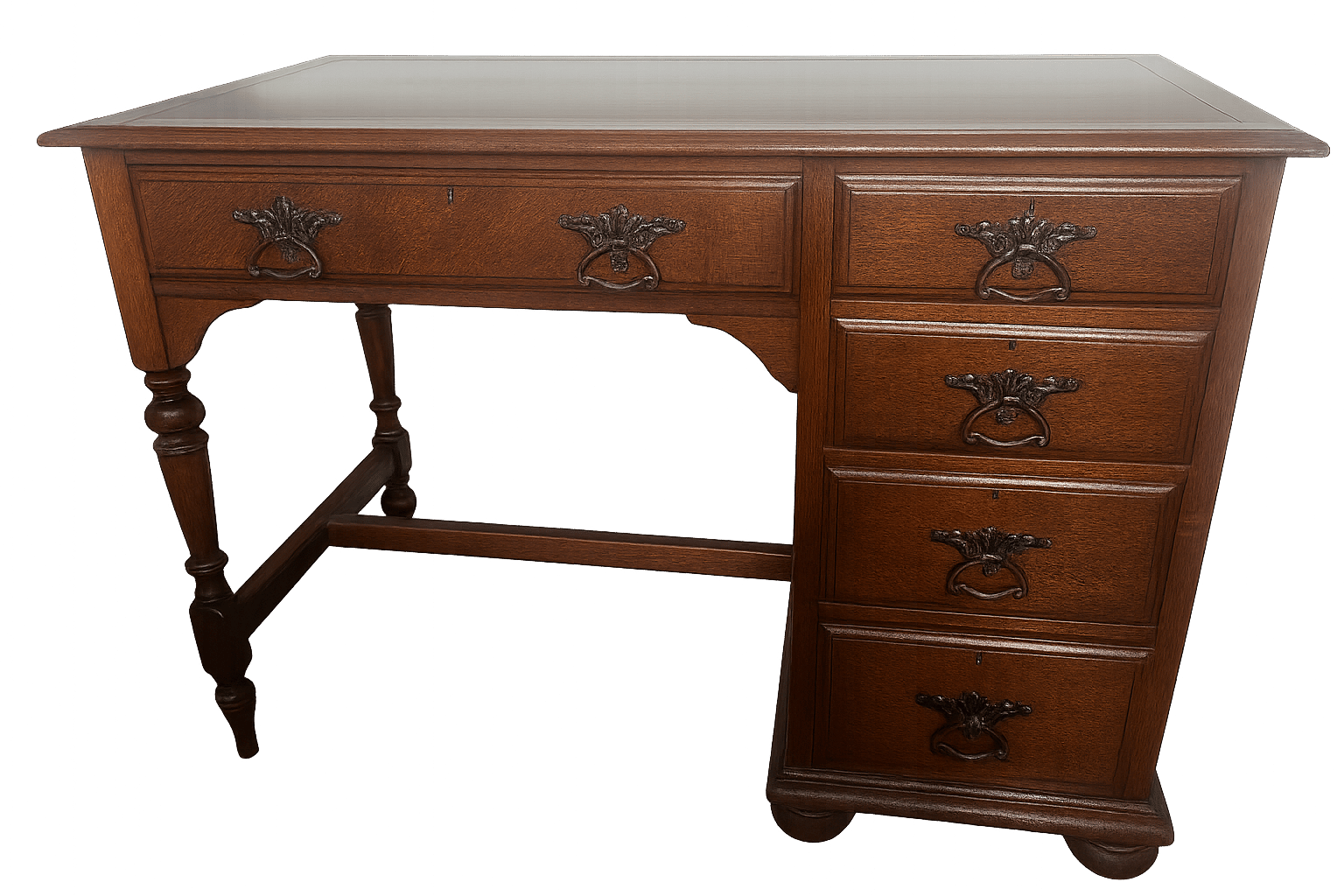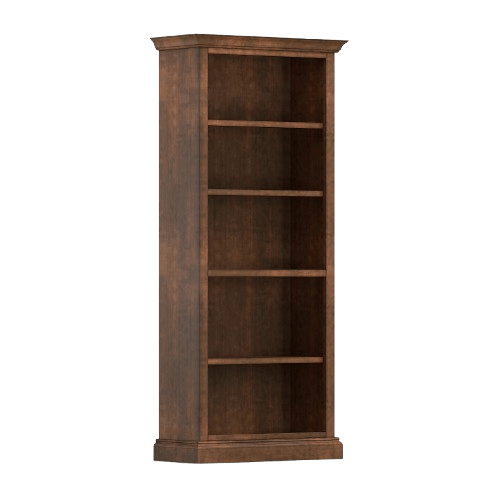Hey there!
You’re reading In the Wild — a blog series giving you quick and concise guides to spot quality antiques anywhere in the world, while avoiding the pitfalls of counterfeit items. So grab a cup of tea, settle in, and enjoy the hunt.
So, you’ve had enough of the IKEA hex keys, the particleboard that bows under the weight of a houseplant, and the furniture that groans ominously every time you sit down. You’re ready to graduate to real wood furniture – the kind that lasts decades, not months, and would look quite at home in a cozy cottage or a castle’s foyer. But how do you tell the true treasures from the overpriced pretenders? Here’s your guide to spotting high-quality wood furniture that’s sturdy, timeless, and a little bit magical.
Let’s start with the money.
“But antique furniture is more expensive!” we hear the multitudes cry out. Not so, weary shopper. Consider the comparisons below.
Two desks, two very different prospects. On one hand, you could spend an hour on your knees staring at indecipherable instructions while laboriously screwing together bits of plastic and plywood that won’t last you past next Christmas, and in the process possibly instigate a domestic incident.
For half the price, you could simply plonk down a gorgeous solid oak Edwardian piece that instantly adds character to any room and has decades of utility to give.
This one just boils me. $1,099 for a bookcase made of soft tulipwood and engineered wood. Not the best quality materials by any stretch of the imagination. By comparison, the vintage barrister’s bookcase for a mere $200 is made of solid walnut and includes retractable glass doors to keep out dust. Not only is it made of a stronger wood with a much richer appearance - it has at least another century of shelf life in it. Pun intended.

Guys, I don’t make the rules. But the modern furniture ripoff is very real, and we’ve got to start hollering from the rooftops that antique furniture not only looks great - it’s affordable, and it has a myriad of possibilities. It can be re-stained, repaired, painted, stripped, anything your little heart can dream of. In comparison, nearly 50% of modern-made furniture, or ‘fast-deco', is non-repairable and non-recyclable, ending up in landfills as trends come and go.
Now I’ll hop off my soapbox and into the nitty gritty of how to spot the good old stuff in the wild.








